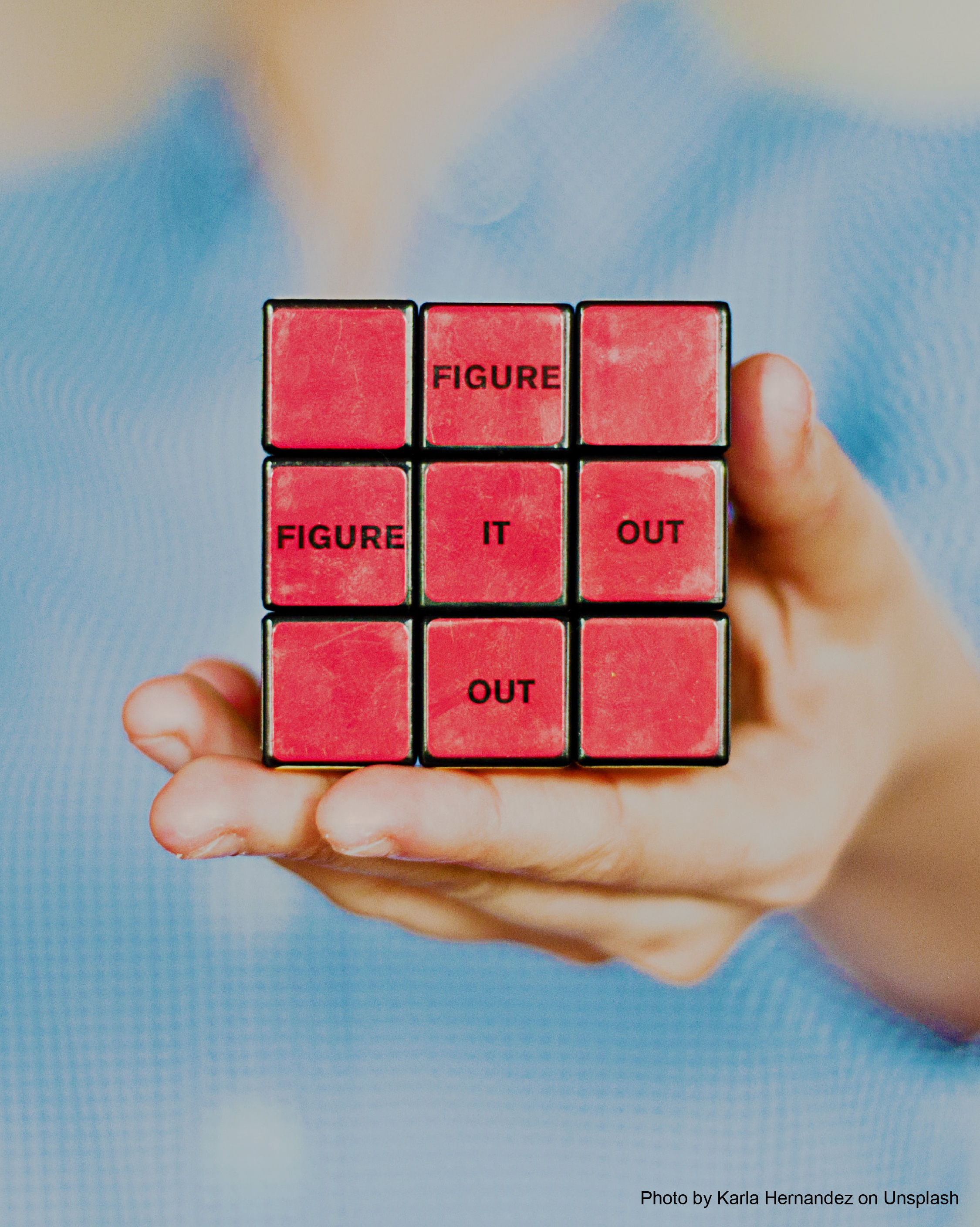You may have read my previous blog post about the Social Innovation Challenge which we launched back in December 2020. In that blog, I briefly explained why we thought we needed such an initiative for women innovators and how it could contribute towards gender equality. Here (and in later blogs in this series), I am going to share some insights on how we approached the task of designing the challenge. Hopefully, it will help others who are either planning to launch their own or take part in one as an implementing partner. The insights might even help future challenge participants in spotting good and bad signs before they commit their time and energy to one. Although each initiative is unique, there is always something to be learned from others’ experiences.
Before we delve into the details, let’s get something straight: designing a successful innovation challenge is no easy task–I say this as someone who has been involved in many over the years. Think of it as a cross between designing a project and organizing a party. A decent challenge needs to be formal enough to set clear boundaries and give confidence to everyone involved but has enough flexibility and informality to attract the right participants. It needs to be ‘serious’ and ‘cool’ at the same time–not a common combination I would argue. Striking a balance between those contrasting characteristics is more an art than science, but luckily there is a simple structure anyone can follow to get the basics right.
A good starting point for any innovation challenge is to decide what the motivation and the intent are and communicate them clearly from the very beginning, not just to external audiences but to everyone in the team. Without clarity on these two aspects, it is very difficult to design an initiative that will be effective. In our case, we wanted the challenge to be gender-responsive[1] and inclusive in the widest possible sense. Those were the two main principles that guided us throughout the process. We intended to identify effective, sustainable, and scalable solutions to urban problems in line with our frontier challenge. So far so good.
Next, the timeframe must be decided. It sounds basic, but decisions about timeframe can determine not just the quantity, but more importantly the quality of submissions. We wanted the challenge to run for at least a month for a couple of reasons. First, to give everyone a chance to participate. People’s circumstances are different–some women have care duties and others have busy schedules–and by keeping it open for a month we gave them the best chance of putting together an application and submitting it on time. Second, I believe most innovators need time to develop effective solutions especially if they work as a team; things prepared in a rush seldom meet complex needs. This is one of the reasons why I am cautious about most hackathon-style events that run for merely 24-48 hours. There is no reason to design a process that forces people to rush unless there is a real race against time (e.g. in a disaster context where solutions are urgently needed).
Defining the scope is where things begin to get thorny. Everyone in the team has a favourite subject or a strong preference and narrowing a long list down without creating conflict is often tricky. Luckily, we did not have to decide on just one or two topics among several alternatives. Urban problems are many and varied; they also have interdependencies. This simple fact made it relatively easy for us to come up with six themes (with equal weight) for which we could accept submissions: housing, mobility, education, health, environment, and miscellaneous. The last one is an absolute must! Many problems do not neatly fit into one category, so they need a ‘home’. By creating a flexible theme, we made it possible for solution owners to submit their ideas without feeling left out or less significant. As it happens, some of the most interesting solutions that we received fell into this category.
In addition to the themes, one must decide what stages of innovation are targeted. Are early-stage solutions as valuable as late-stage solutions that are ready to be implemented and potentially scaled? The jury is out on that; but for us, it felt wrong to discriminate against early-stage solutions some of which are merely ideas. If we went down that route, we would also be discriminating against certain people who happen to focus on early- rather than late-stage solutions. We decided to keep it flexible so opted for a scheme in which all stages would be accommodated. By doing that, we signalled our intent to nurture all sorts of talent and ideas which is what we also meant by ‘inclusive’.
The last considerations in terms of scope are the form of innovation and the desired degree of novelty. An innovation can be a new product, service, process, business model, technology, or even way of organizing. It is important to make space for all kinds of innovations as most of them are known to be complementary and should be included in the mix for systemic change. In terms of the degree of novelty, some initiatives look for disruptive/radical solutions exclusively, especially when the stakes are high. For us, it was important to attract solutions that are incremental, radical, or somewhere in between. Unless there is a very good reason, excluding one category is usually not a smart idea. We need all sorts of innovations; constantly searching for more disruptive solutions is not a feasible strategy. Imagine having to accommodate several disruptive solutions that appear all at the same time or close to each other–it would be chaotic, wouldn’t it? There is a certain level of stability in every society, even the dysfunctional ones. In between radical solutions, there needs to be incremental change to prepare the ground for more disruption. Moreover, if scalability is a priority, then it is essential to include incremental innovations in a challenge as they often have a better chance of scaling due to lower levels of inertia.
Once those main aspects are dealt with, it is time to find project partners and decide how roles and responsibilities should be split. I am proud of the fact that we created a unique partnership that brought together organizations that had not worked together before as a consortium. One of them, the Flying Broom Foundation, was a particularly interesting addition to our team. Being a women’s NGO, they had a specific focus and not an innovation-centric agenda, but we thought their feminist perspective would improve the quality of the results; they certainly did not disappoint. Some of the solutions needed their input to become more inclusive; they were also instrumental in identifying solutions that could have unintended consequences in terms of gender equality. Picking partners from the innovation ecosystem (e.g. incubators, accelerators, innovation agencies, etc.) is what most challenge owners opt for–after all, it makes life easier as everyone speaks the ‘innovation language’ and knows the rules by heart. But it is vital to invite others who are not like us and have a unique perspective no matter how irrelevant it may sound at first. I wish we could have even more unusual partners in the last challenge, certainly next time…
In the next blog in this series (Part II), I will be sharing details on how we communicated the challenge to the target audience and what the initial reactions were, so watch this space!
[1] Gender responsiveness refers to outcomes that reflect an understanding of gender roles and
inequalities and which make an effort to encourage equal participation and equal and fair distribution of benefits. Gender responsiveness is accomplished through gender analysis and gender inclusiveness. Source: UNDP Gender Responsive National Communications Toolkit (2015).

 Locations
Locations




